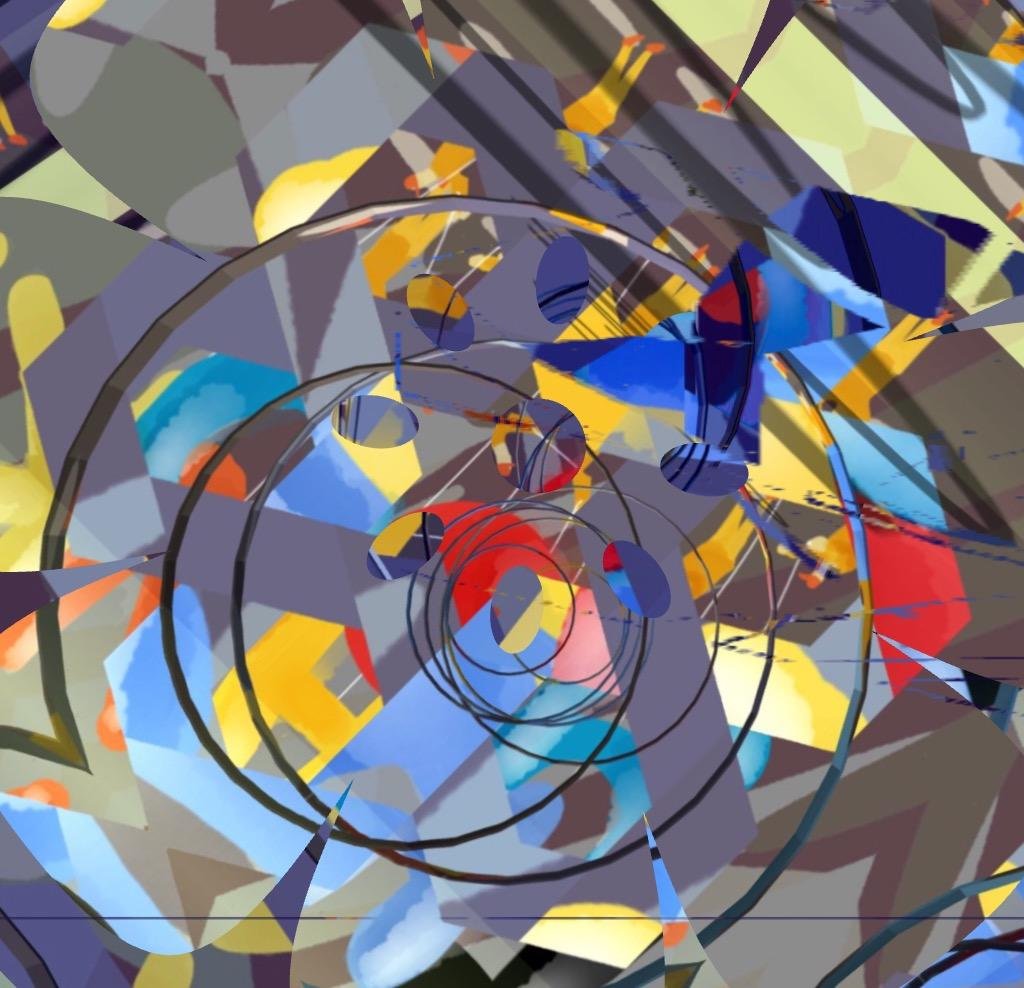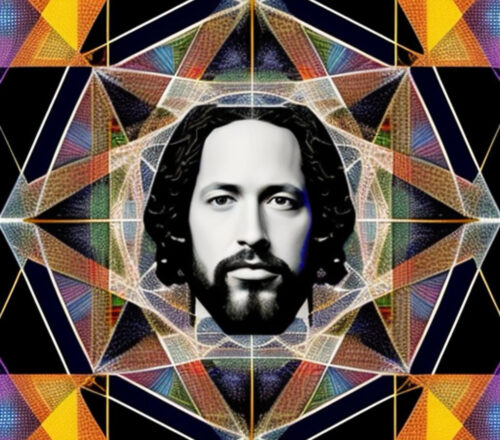
Table of Contents
Chromatic Elegance
In the mystical realm of ancient Egypt, color was not merely pigment on canvas; it was a language that whispered tales of divinity, life, and cosmic connections. The Egyptian color palette, a symphony of nature’s hues, painted a canvas of cultural significance, resonating across time to captivate our senses. Let us embark on a journey through the chromatic elegance that adorned temples, tombs, and scrolls, a journey that reveals the artistry of a civilization that saw colors not just as adornments, but as portals to the soul.
A Dance of Reds – Ochre’s Warm Embrace
Like the embrace of the desert sun, ochre enveloped Egyptian art in a spectrum of rusts and reds. Its warm tones adorned the walls of temples, carrying with them the stories of devotion, passion, and vitality. As we gaze upon the ochre-drenched “Temple of Karnak,” we feel the heartbeat of an ancient people who painted with their souls, imprinting the hues of life itself.
The temple of Karnak: The Temple of Karnak, located in Luxor, Egypt, is one of the largest and most impressive religious complexes ever constructed, dedicated primarily to the god Amun-Ra. Spanning over 200 acres, it features a vast array of temples, chapels, pylons, and obelisks, showcasing the architectural grandeur of ancient Egypt from the Middle Kingdom to the Ptolemaic period.
The Great Hypostyle Hall, with its 134 colossal columns, is particularly renowned for its grandeur and intricate carvings. Karnak served as a major center of worship and pilgrimage, reflecting the wealth and power of the Theban triad of gods, and remains a UNESCO World Heritage site, drawing millions of visitors who marvel at its historical significance and artistry.
Azure Reverie – Lapis Lazuli’s Heavenly Journey
Lapis lazuli, a gift from the heavens, transformed Egyptian art into a cosmic voyage. Its brilliant blue hues evoked the limitless sky, guiding the eyes of worshippers and pharaohs alike towards the realm of the divine. Within the “Coffin of Nedjemankh,” lapis lazuli adorned with golden stars whispered of celestial journeys, where the line between mortals and gods blurred in a chromatic dance.
Coffin of Nedjemankh: The Coffin of Nedjemankh is an exquisite example of ancient Egyptian funerary art, dating back to the late Ptolemaic period (circa 100 BCE). Crafted from wood and richly adorned with intricate paintings and gilded details, the coffin belonged to a high-ranking priest named Nedjemankh, who served the god Khonsu in Thebes.
The elaborate imagery and inscriptions on the coffin are designed to ensure the deceased’s safe passage into the afterlife, reflecting beliefs about immortality and the divine. Notably, the coffin was a subject of historical controversy after being looted from Egypt and later acquired by the Museum of the Bible in Washington, D.C., raising questions about the ethics of cultural artifacts and repatriation.
Verdant Whispers – Malachite’s Fertility Song
The lush green of malachite brought to life the landscapes of the Nile, symbolizing fertility, growth, and rebirth. As we examine the intricate hieroglyphs of “The Greenfield Papyrus,” we witness the delicate dance of life as malachite’s vibrant hue breathes life into the scrolls. A testament to Egypt’s harmony with nature, malachite’s presence adds a verdant melody to the color palette.
The Greenfield Papyrus: The Greenfield Papyrus is a significant ancient Egyptian document, believed to date from the 1st century BCE to the 1st century CE. It is a unique manuscript that contains a collection of magical spells and rituals intended to protect the deceased in the afterlife and ensure their safe passage through the realms of the dead.
This papyrus is particularly noted for its insights into the religious beliefs, practices, and cultural values of ancient Egyptians regarding mortality and the supernatural. Discovered in the early 20th century, the Greenfield Papyrus is now housed in a private collection, and its contents continue to be of great interest to scholars studying ancient Egyptian religion and funerary customs.
The Royal Elegance – Gold’s Luminescent Tale
Amidst the earthly hues, gold emerged as a symbol of divinity, enlightenment, and eternity. Glistening like sunlight upon the Nile’s surface, gold graced the tombs of pharaohs and the regal headdresses of statues. Within the “Mask of Tutankhamun,” gold leaf intricately entwined with ochre and lapis lazuli, creating a resplendent tribute to the sun god Ra, illuminating the past and the present.
Mask of Tutankhamun: The Mask of Tutankhamun is one of the most iconic artifacts of ancient Egypt, renowned for its exquisite craftsmanship and rich symbolism. Crafted from gold and inlaid with lapis lazuli, turquoise, and other precious materials, the mask was designed to cover the head and shoulders of the young pharaoh Tutankhamun, who reigned during the 18th Dynasty (circa 1332–1323 BCE).
Discovered in 1922 by archaeologist Howard Carter in the tomb of Tutankhamun in the Valley of the Kings, the mask exemplifies the artistry of Egyptian artisans and reflects the beliefs surrounding death and the afterlife. The striking image of the pharaoh, with its serene expression and regal insignia, showcases the divine status of kingship, making it a symbol of ancient Egypt that continues to captivate people around the world.
A Chromatic Legacy Beyond Time
As we conclude our journey through the Egyptian color palette, we are reminded that these pigments are more than just colors—they are stories etched in time. Ochre speaks of devotion, lapis lazuli sings of the divine, malachite hums with fertility, and gold gleams with eternal aspiration. The Egyptian color palette is a symphony that bridges the ancient and the contemporary, an artistic legacy that continues to captivate, inspire, and unveil the radiant essence of an ancient civilization.
Shop Corner
The Greenfield Papyrus on Amazon
Chromatic Egyptian color palette On Amazon
Enjoy the beauty!
Sources openai Language models, aitrot, picsart and mib
Embark on a journey into the realm of affiliate marketing and craft your own website within a vibrant, supportive community. Join me in this adventure, where you can begin as a free starter and stay as long as you desire. Enjoy complimentary hosting and foundational teachings to set you on your path. For those with advanced skills, opportunities to elevate your expertise await. Take a moment to explore and witness the magic for yourself!




